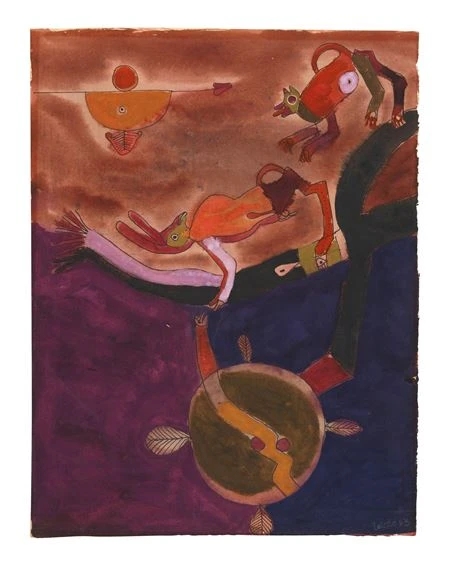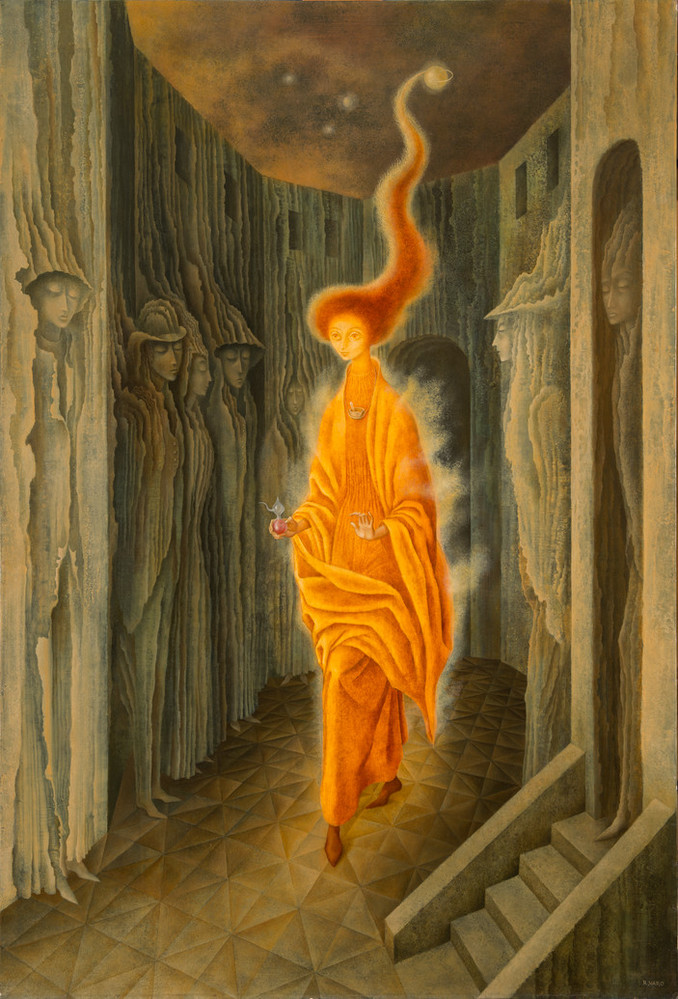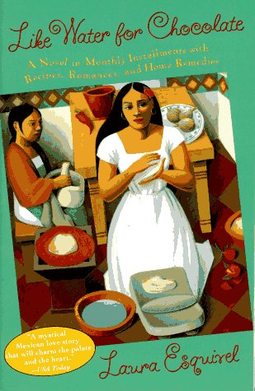

Can Magical Realism be more than fine art?

An artistic philosophy though about Magical realism: Magical realism is a captivating art movement that seamlessly blends the ordinary with the extraordinary, creating a world where reality and fantasy coexist. Traditionally associated with fine art, magical realism has also found…
Pushing the boundaries of magical realism

Magical realism is an art movement that intricately weaves reality with fantastical elements, creating a unique narrative that transcends traditional boundaries. This genre’s versatility allows artists to explore new realms using mixed media and expressive styles. The essence of magical…
Is Frida Kahlo magical realism?

blends the ordinary with the extraordinary In the vibrant tapestry of art history, few names resonate as powerfully as Frida Kahlo. Her striking self-portraits and vivid depictions of pain, passion, and identity have captivated audiences worldwide. But where does her…
The enchanting world of Laura Esquivel and Magical Realism

In the world of literature and art, magical realism holds a special place. This unique style blurs the boundaries between reality and imagination, giving the everyday a magical dimension. One of the most influential voices in this genre is undoubtedly…
“Symbolism” art series by LACE Ruig

LACE Ruig’s “Keepers” art series is a captivating exploration of the boundaries between reality and imagination. With a masterful combination of color, detail, and symbolism, this series takes the viewer on a visual and emotional journey. A unique artistic vision…